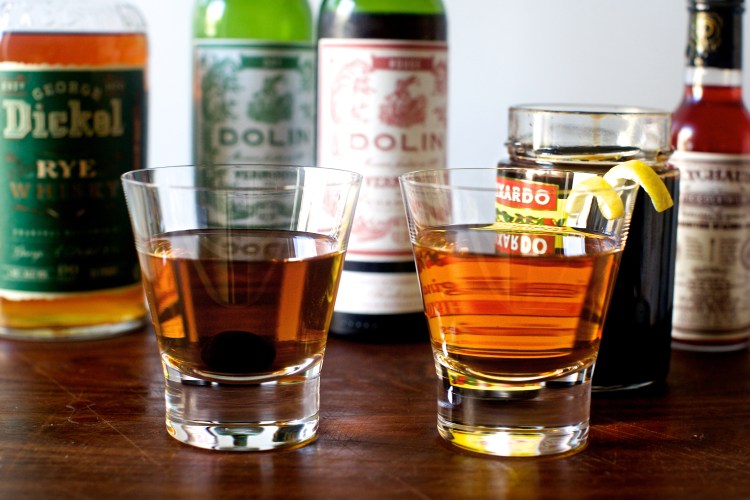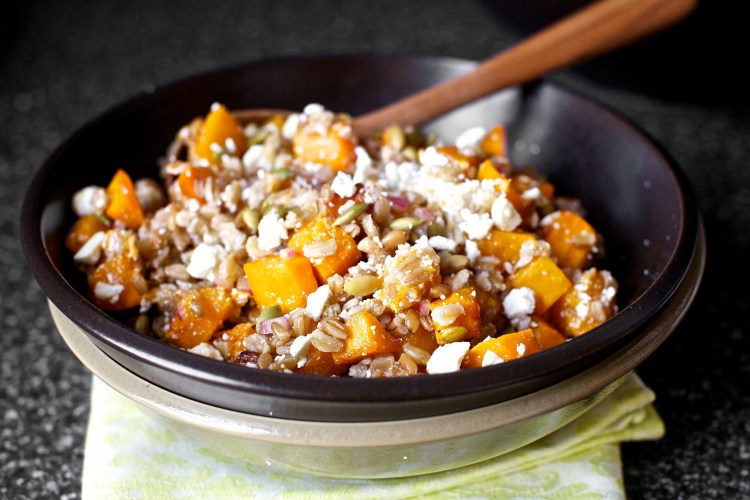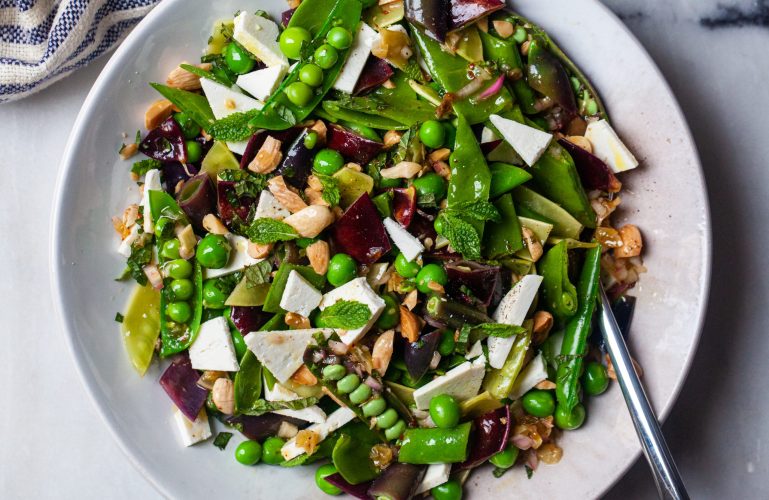Advertisement
the ideal manhattan

The Timeless Allure of the Manhattan Cocktail
Recipes often come with tales that sound too whimsical to be true, and the story of the Manhattan cocktail fits this bill perfectly. One popular legend suggests it was first crafted at the Manhattan Club in New York during the 1870s for a banquet graced by notable guests, including Winston Churchill’s mother. Another theory credits a bartender named Black with its invention in the 1860s. However, I am particularly captivated by the notion that this drink gained fame on the North Frisian island of Föhr, thanks to the islanders’ ties to Manhattan. Allegedly, they prepare their Manhattans somewhat drier, which is surely appealing. Though my research leaves some questions unanswered, I plan to set sail for Föhr as soon as this article is live, eager to find the truth.
Preparation Time and Ingredients
Serves: 1 Cocktail
- Ice
- 2 ounces rye or bourbon whiskey
- 1/2 ounce sweet vermouth, typically red
- 1/2 ounce dry vermouth, commonly white
- 2 dashes of bitters (Angostura, Peychaud's, or orange)
- A maraschino cherry or a twist of lemon peel for garnish
Crafting Your Manhattan
Pour the rye, both vermouths, and your choice of bitters into a cocktail shaker filled with ice. Stir it gently if you’re feeling traditional, or give it a good shake if you prefer. Strain the mixture into a rocks glass or a martini glass, or simply pour it into a tumbler with the ice still in it. Add your garnish and sip slowly; the potency of this drink is truly stunning.
The Whiskey Dilemma: Rye vs. Bourbon
To clarify for the whiskey enthusiasts: American rye whiskey must consist of at least 51% rye in its blend, but it doesn’t have to be produced within the country. Canada also offers an impressive selection of rye, abiding by its own set of regulations. On the other hand, bourbon requires a minimum of 51% corn and is quintessentially American, with Kentucky being the primary production hub. Then there's Tennessee whiskey, closely related to bourbon but filtered through sugar-maple charcoal for a unique flavor profile. In general, rye tends to showcase a drier, spicier edge compared to the fuller-bodied, sweeter bourbon. Traditionally, rye has been favored in the Manhattan cocktail because rye was abundantly produced back when the drink was first developed in the late 19th century.
Choosing Your Bitters
Traditionally, Angostura bitters are the go-to for a Manhattan with their complex aromatic profile. Alternatively, Peychaud's offers a slightly sweeter and spicier option, making it an excellent substitute – that's what I opted for during my last preparation. While orange bitters are not typical, they introduce a delightful spin, offering a hint of an old-fashioned feel to the drink.


